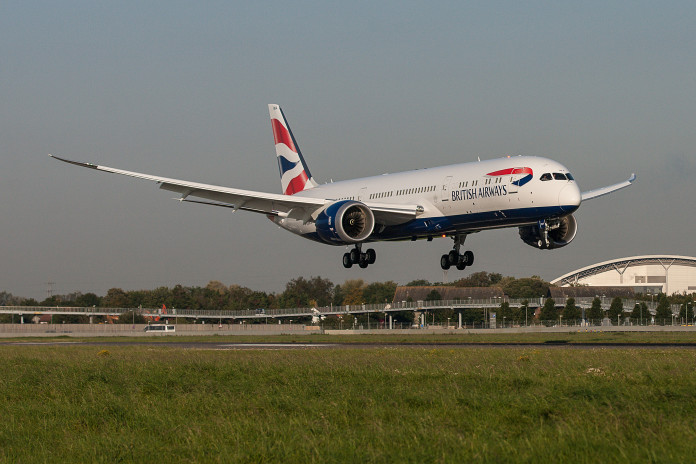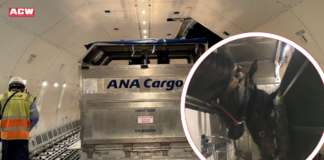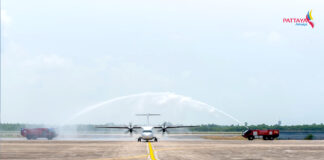

A trial project to cut aircraft holding times at Heathrow Airport has been so successful it has now entered permanent operational service.
Known as cross-border arrivals management – or XMAN – the procedure sees NATS air traffic controllers in the UK working with those in the surrounding airspace in France, Ireland, Belgium and the Netherlands to slow aircraft down up to 350 miles away from London in order to minimise holding times on arrival.
Since April 2014, NATS says it has recorded a reduction of up to a minute in holding times for aircraft influenced by the trial, which it says equates to annual savings of 8,000 tonnes of CO2 and £1.65 million ($2.4 million) in fuel, as well as a reduction in noise for communities beneath the holding stacks.
Heathrow is scheduled to 98 per cent capacity and relies on the continuous flow of traffic the stacks provide, although NATS always aims to minimise the amount of time aircraft spend in them.
Traditionally, NATS could only influence an aircraft approach once it entered UK airspace, which can be only 80 miles from the airport. This previously limited the chance to manage the inbound flow of traffic.
Absorbing delay in the en-route phase, when aircraft are higher and more efficient saves fuel and CO2 emissions while minimising noise for the communities living beneath the stacks.
The project is an inter-FAB (Functional Airspace Block) collaboration between the UK-Ireland FAB and FABEC. It is led by NATS at Swanwick and Prestwick centres in partnership with DSNA in France; the Irish Aviation Authority; EUROCONTROL in Maastricht; and Heathrow Airport, and is part of a broader strategy to eliminate stack holding for Heathrow in the longer term.
The XMAN procedure has not yet been made permanent with the IAA. This is scheduled for September 2016 following the implementation of electronic data transfer technology by NATS.
Heathrow airside director, Jon Proudlove explains: “We are pleased that this unique and sustainable way of managing cross-border arrivals is being put into place permanently, helping to reduce emissions and noise, and ultimately moving Heathrow forward in its ambitions to be the world’s most environmentally friendly airport.
“Our work is not done yet and we will keep working with NATS and other partners to not only maximise the environmental benefits of leading-edge tools like this, but also how they support our delivery to plan, ensuring a world class passenger experience at Heathrow.”
XMAN is a key SESAR concept as part of the Single European Sky initiative, which will require 24 airports across Europe to deploy XMAN procedures by 2024.










